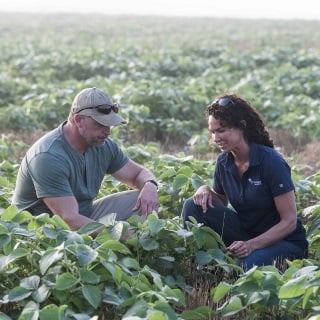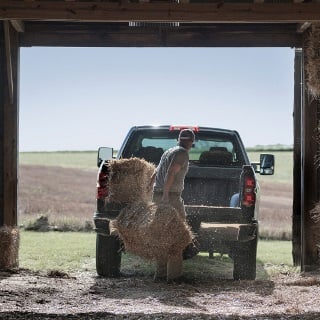Managing risk is part of running any operation. This year, producers are facing market variability, fluctuating commodity prices and declining net farm income. One way to enhance operational resilience is to stress test your farm financials.
What is Stress Testing?
Stress testing is a financial analysis technique that evaluates the resilience of your business by subjecting it to various adverse conditions and scenarios. This analysis will help you assess how well your operation can withstand or adapt to extreme or unfavorable circumstances while also serving as a way to simulate desired purchases to determine if now is the right time to make those investments. Through the process, you will identify vulnerabilities, quantify risk and inform your decision-making strategies and contingency planning.
The Key Ratios to Test
If you’re ready to stress test your operation, we recommend starting with three key ratios, which can be easily found on your balance sheet. If these ratios are strong, you’re more likely to be able to navigate market volatility.
1. Working Capital
Calculation: Current liabilities - current assets
Risk rating: Positive or negative
Working capital measures your short-term financial health. You can use this ratio to evaluate your ability to make purchases, pay current bills and plan for future expenses. In every scenario, you’ll aim for positive working capital. Beyond this, you may want to set a benchmark for how much working capital you want to maintain. Many economists recommend between 20% to 30% of your gross revenue.
2. Interest Expense Ratio
Calculation: Total interest / gross farm revenues
Risk rating: High >13%, Moderate 10-13%, Low <10%
With higher rates, interest can have a larger impact on your bottom line. This ratio tells you how much of your gross revenue is needed to cover your interest costs. If your working capital is healthy, you can protect your net income by paying down loans and decreasing your interest expenses.
3. Net Farm Income
Calculation: Gross farm revenues - total farm expenses
Risk rating: Positive or negative
This ratio is essential for assessing your financial viability. Net farm income is what you have available to pay the principal portion of your debts, cover family living costs and pay income taxes. If your net farm income is low, consider your options to protect your revenue. Can you reduce expenses? Can you identify new revenue opportunities?
Running the Scenarios
To begin, open your latest balance sheet and income statement. Then, determine which scenarios you’d like to run. We recommend identifying the top three risks your operation can face in the next year. This could be crop failure, fluctuating commodity prices, adverse weather, equipment breakdown, etc. Adjust numbers based on your scenarios and mark down the impact on your ratios. Remember that all operations face varying risks at different points in the year. It’s important to stress test throughout the operating cycle, from crop input selection to marketing your crop, to accurately evaluate ongoing risk.
If you’re a Farm Credit Mid-America customer, you have access to helpful tools. Contact your local office to learn more about the Credit Factors Tool or Monthly Cash Flow and Breakeven Analysis Tool.
By stress testing your operation, you can set your farm up for short-term and long-term success.
This article is intended for informational purposes only. For additional information and insights on this topic, view our most recent webinar with Director of Retail Credit Underwriting, Gary Book.






